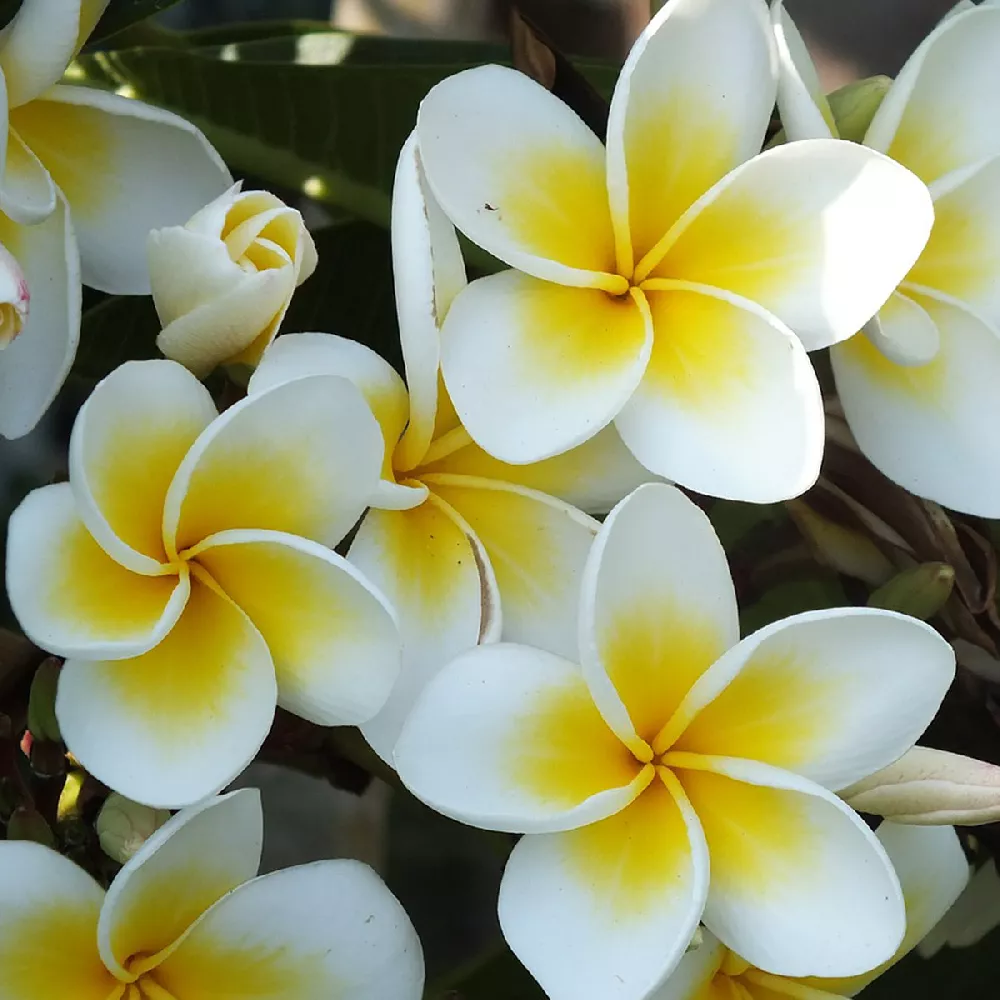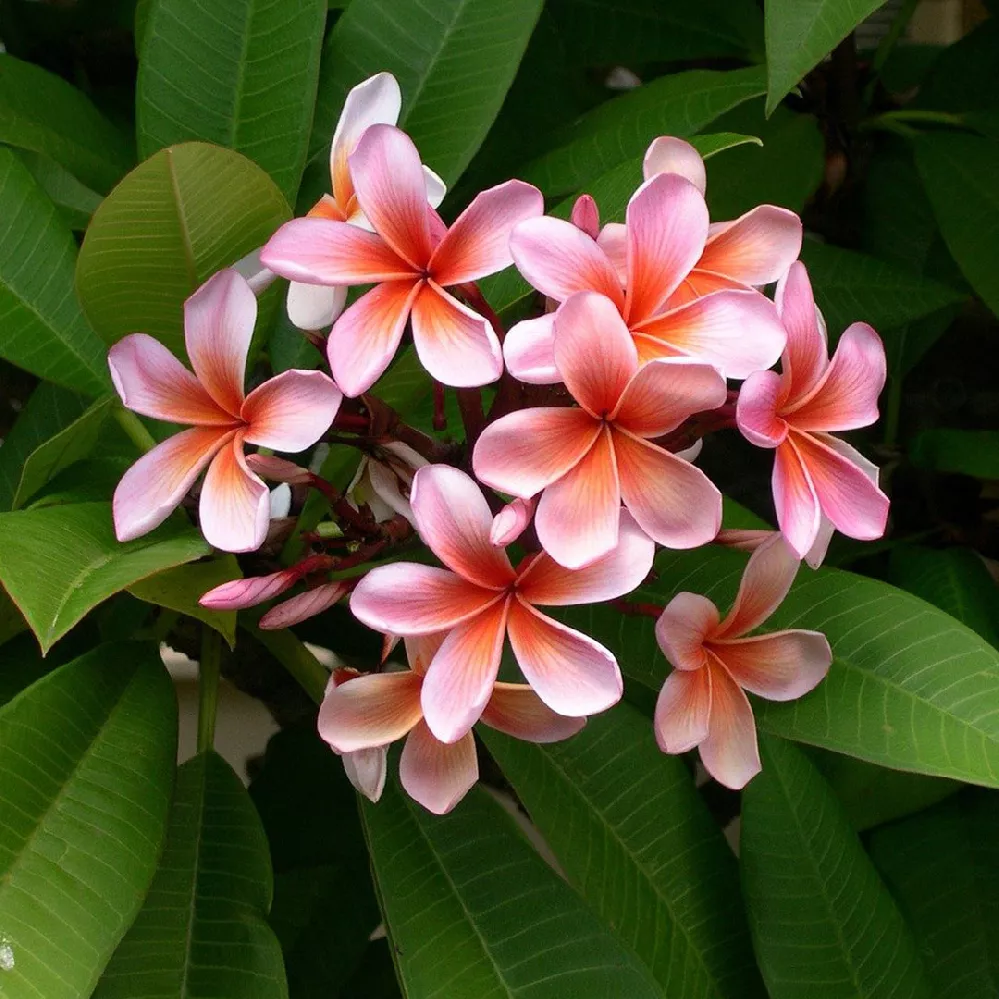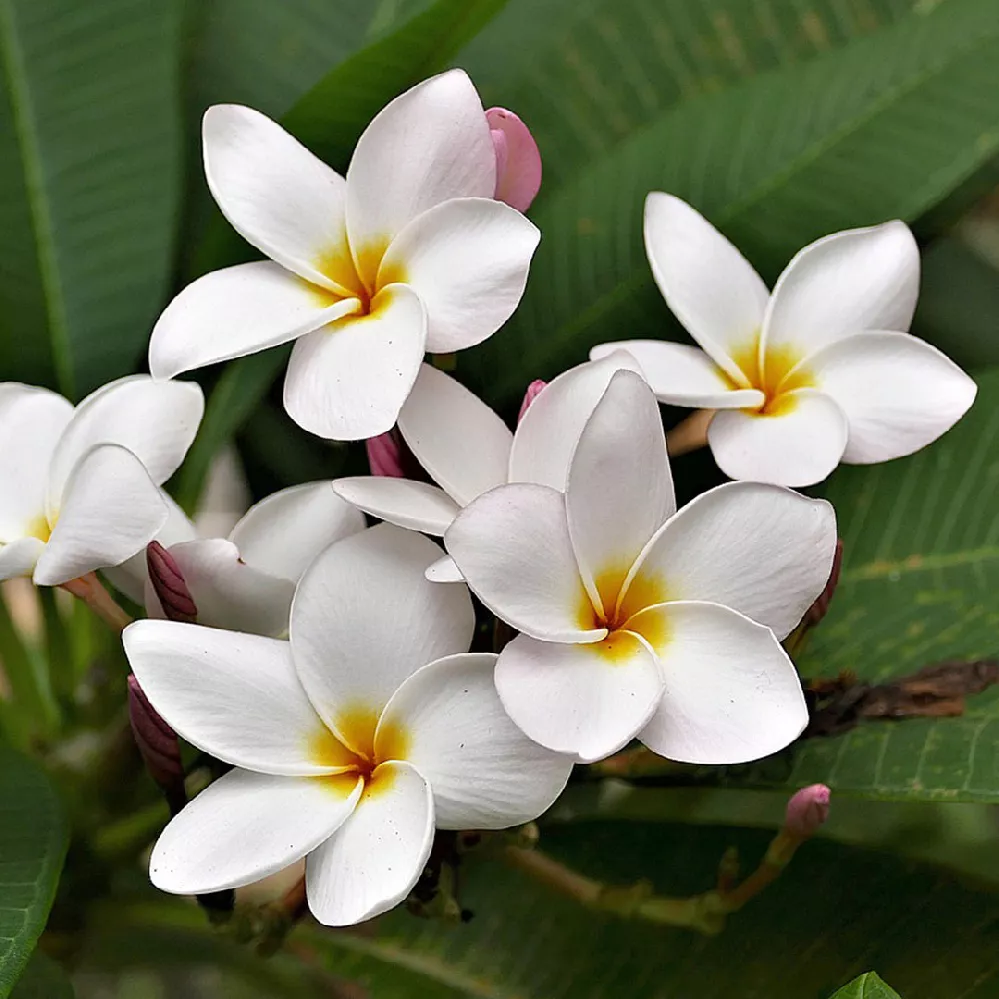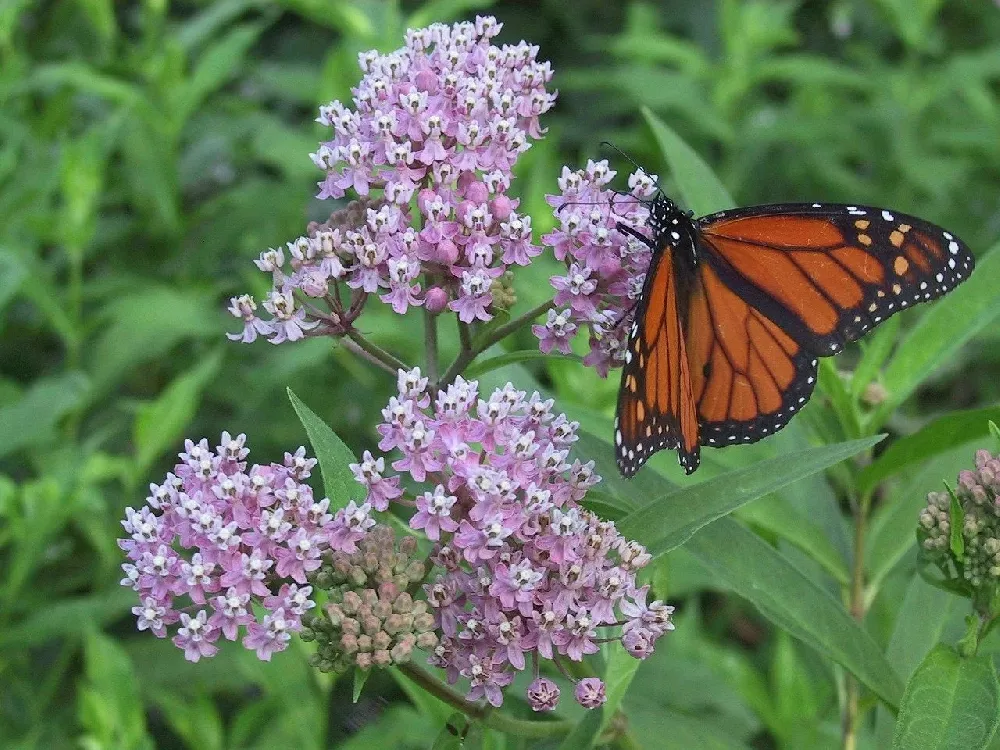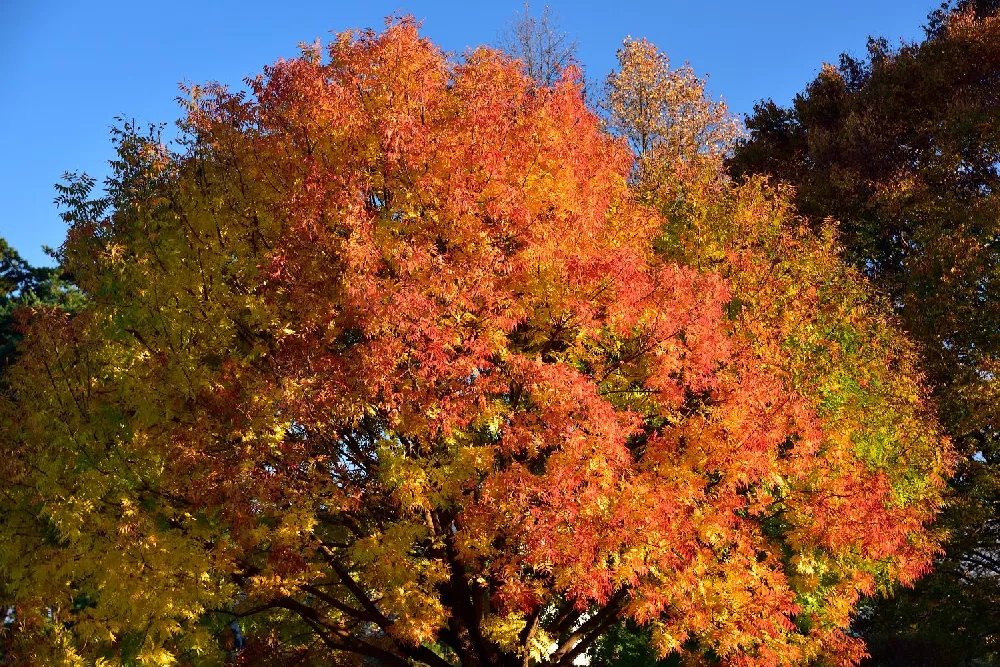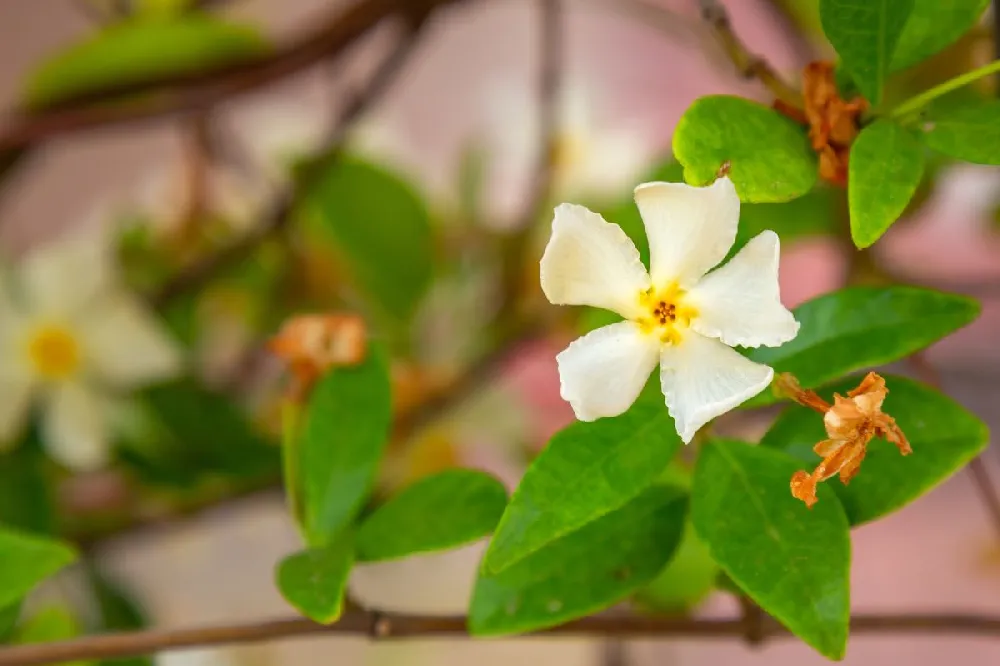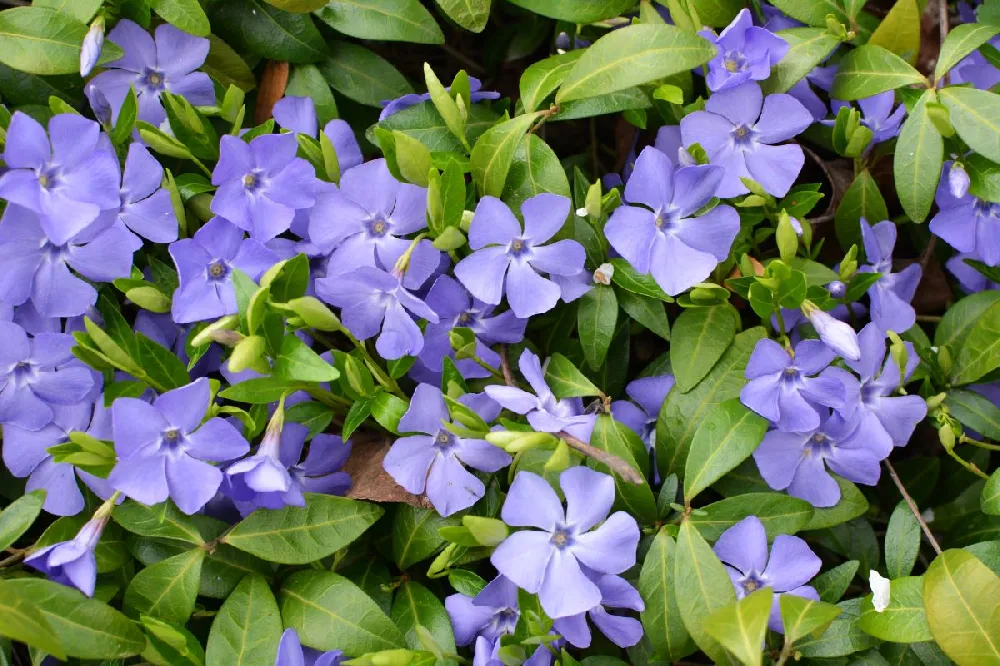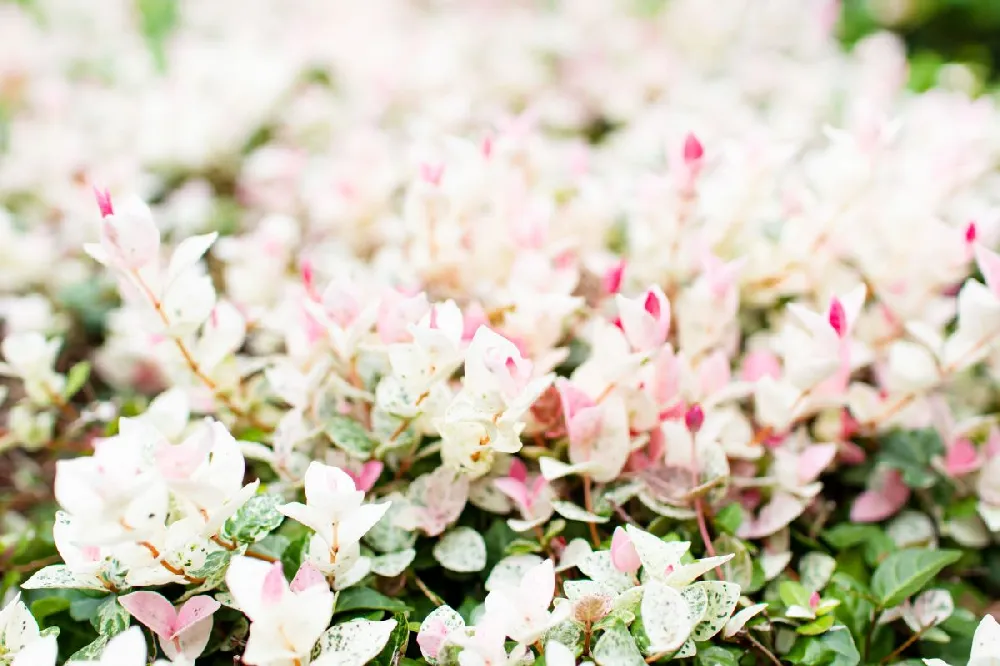- Home >
- Flowers >
- Flowers That Start With ‘P’ >
- Plumeria
Plumeria for Sale - Buying & Growing Guide
- Ships in 1-2 days
- 1-Year Warranty Eligible
- Pots or accessories are not included unless specified in the product options.
Shipping Details:
Products shipped through FastGrowingTrees.com. Once your order is shipped, you’ll receive an email with a tracking number and estimated delivery date. Most orders will ship immediately.
The exotic plumeria is a tropical plant that makes a bold statement. Plumerias are hardy in frost-free locations, thriving in the outdoors in places where the weather is warm year round. They can also overwinter as houseplants in cooler climates. If you're considering plumerias for you home, here are a few of the main reasons this plant is a unique choice:
- Plumeria is also known as the Hawaiian lei flower or frangipani.
- Plumerias can grow into flowering trees up to 20 feet tall.
- Fragrant, showy blooms appear from early summer to late fall.
Plant Care
Sunlight

Needs a full sun setting with six or more hours of light per day.
Watering
Allow soil to become completely dry, then water thoroughly.
Fertilizing

Fertilize once per week during spring, summer, and fall using a phosphorus-heavy mix.
Planting instructions
Choose a planting site that receives at least six to eight hours of full sun, any less, and your plumeria will not thrive or bloom. The spot you pick should provide protection from heavy winds or freezing temperatures. As with many tropical plants, plumerias prefer moist, well-draining soil. They will do best with slightly acidic soil with a pH range of 5.5 to 6. Test your soil to determine if you will need to amend it. Dig a hole that is two times the width and height of the plant’s root ball. Amend the soil you have removed from the hole for pH, drainage, and nutrients. Adding a cactus potting mix, some grit, and rich compost to your garden soil will help get your plant off to a good start. Using some of your newly mixed soil, make a small hill in the bottom of the hole. Loosen the soil around the roots of the plumeria plant and place them over the small hill. Backfill the hole while keeping the roots loose to spread out as they grow, then water deeply. In warm climates with cold winters, you can dig up your plumeria and overwinter it indoors. You can also choose to grow this plant in a container year-round, which makes it easier to move inside when the outdoor temperatures get too cold.
Watering and nutrients
Plumerias will need frequent watering until they are firmly established. It usually takes about two months for the roots to spread out. After that, they become reasonably tolerant to most drought conditions. Weekly watering is generally sufficient. Plumeria plants love water, but they do need to be allowed to dry out between waterings. A good indicator of your plant needing water is if the top few inches of soil are dry to the touch. They are pretty forgiving when it comes to surviving extended drought periods. It is better to err on the dry side as plumeria plants will not tolerate soggy roots. Periodic feedings are beneficial for your plumeria plants, whether in the ground or in containers. A consistent feeding schedule will help plants remain vigorous and blooming. Quit feeding before the plant enters the dormant stage in the fall. Resume the fertilizations again in the spring.
Pollination
Plumerias are self-pollinating, with both male and female flowers on the same plant. Having multiple plants or other pollinators is not necessary. Plumerias have very few natural pollinators. Deep-throated blooms make it difficult for most pollinators to extract pollen or nectar. Sphinx moths, thrips, and tiny ants are a few that do have that ability.
Pruning
You may choose to prune your plumeria to encourage branching. This type of pruning encourages the plant to take on a fuller, more bush-like form. Pruning can also aid in the removal of dead or diseased branches. The best time for any pruning is before new growth begins in the spring or while the plant is dormant in winter. Pruning during any other time can interfere with your plant’s blooming and growth.
Pests and diseases
There are several pests that commonly afflict plumeria plants. Most of the problems with insects occur when the plant’s growing conditions are not ideal. Dry soil or shaded locations invite attacks from mealybugs, scales, spider mites, and whiteflies. A fungus known as “rust” can appear on the leaves in the fall, but it is rarely harmful. It is usually a result of too much moisture and not enough air circulation.
FAQs
Do plumerias plants go dormant?
Plumerias go dormant during winter or when temperatures dip below 50 degrees Fahrenheit. When that happens, plumerias drop their leaves and need little to no sunlight or water. They can be stored in a dark area such as a closet, garage, or greenhouse. The plants can either be stored in their containers or as bare-root plants.
Can plumerias grow in containers?
Whether your plumeria is a potted plant or a dedicated houseplant, the needs are similar. As with in-ground plantings, your container-grown plumeria must have plenty of sunshine. Well-drained, moist potting soil and a container large enough to accommodate the plant’s roots are critical. A phosphorus-rich fertilizer will help keep the plant healthy during the blooming season.
How are plumerias plants propagated?
It is possible to propagate plumeria plants by both cuttings and seeds. Cuttings are easier and preferred as they will provide a flowering plant much sooner. Plant the cuttings about two inches deep into a light potting mix. Water deeply and keep the cuttings moist until they have developed a robust root system.
How can I keep my plumeria blooming?
Meeting the plumeria’s basic needs is the best way to ensure continuous blooms. A minimum of six hours of direct sunlight along with moist, well-drained soil is a priority. Feeding your plumeria with an appropriate fertilizer improves overall health.
Compare Similar Products
Customer Reviews
 Plumeria
PlumeriaPlants arrived in good condition but I di not anticipate seeing any blooms until nest season
 Plumeria plant
Plumeria plantBig plant can't wait to see it bloom this year. Healthy well rooted specimen
